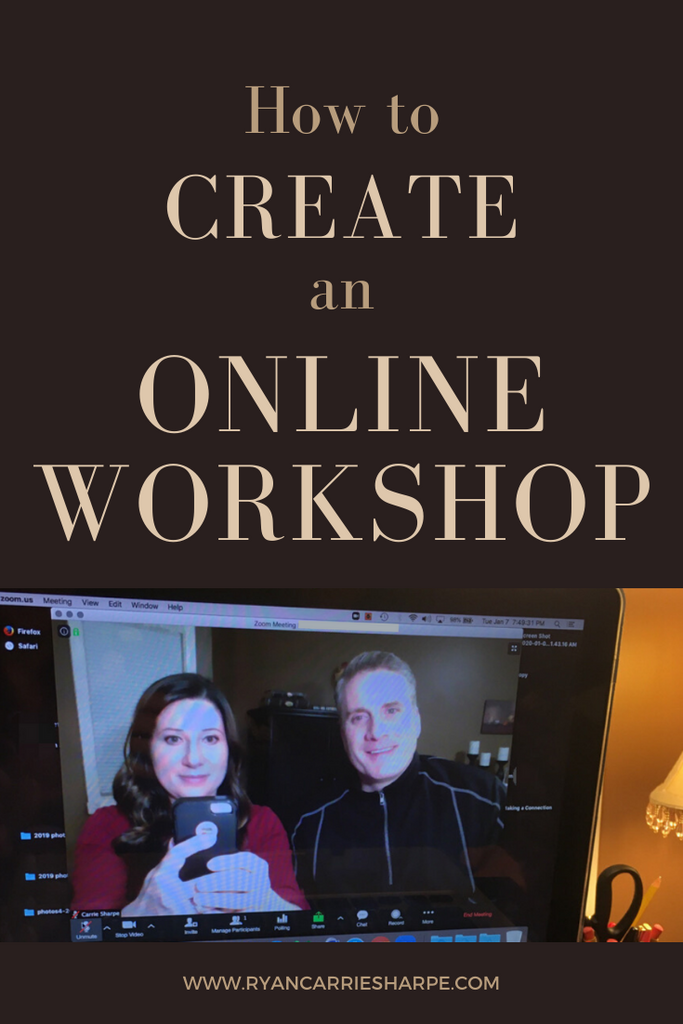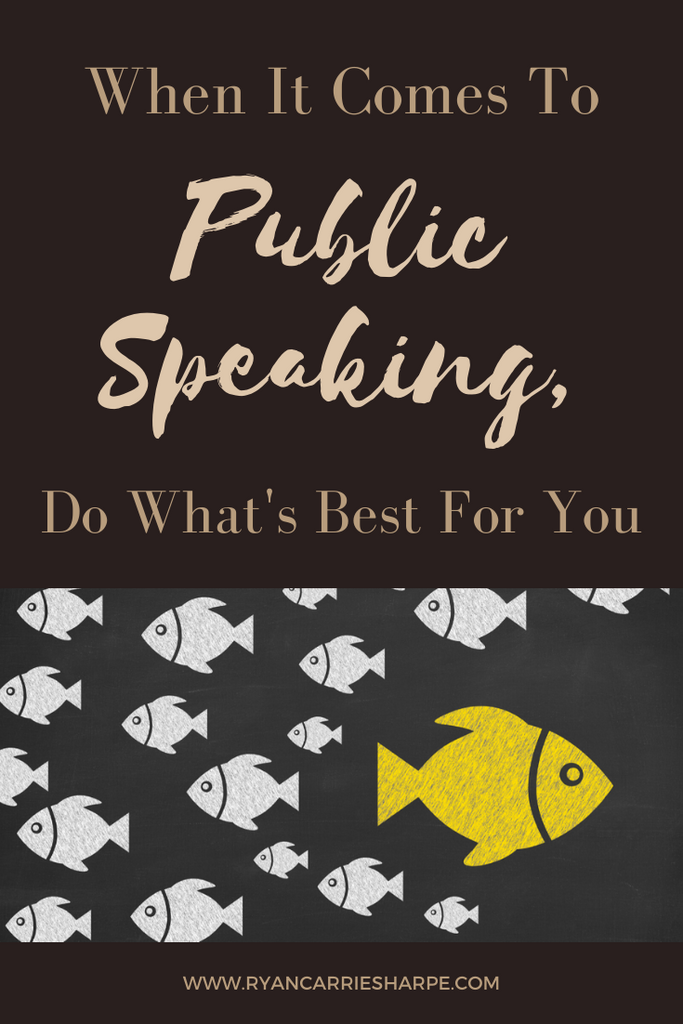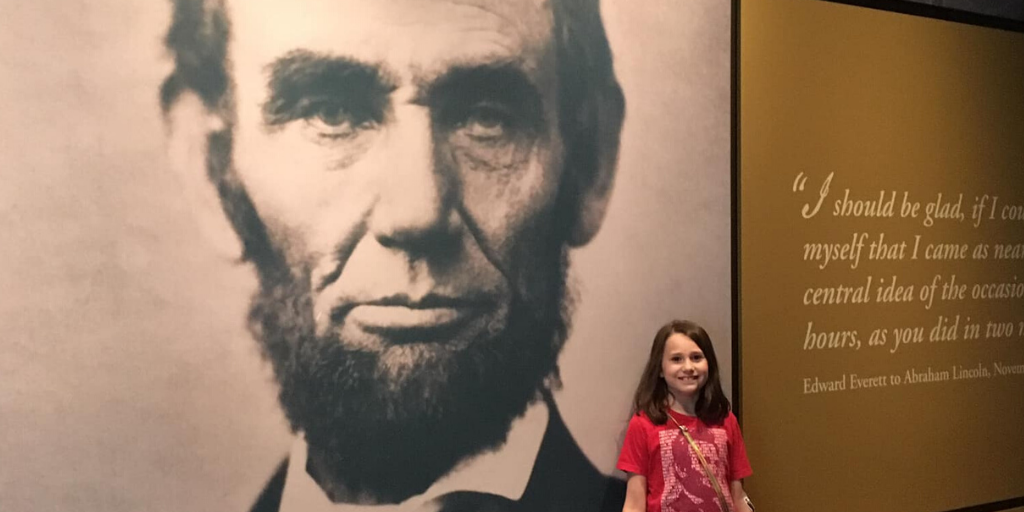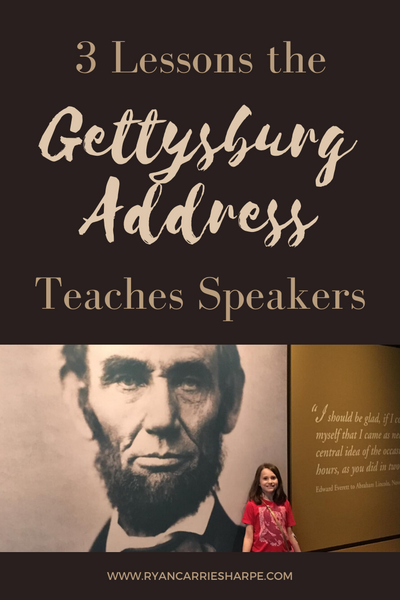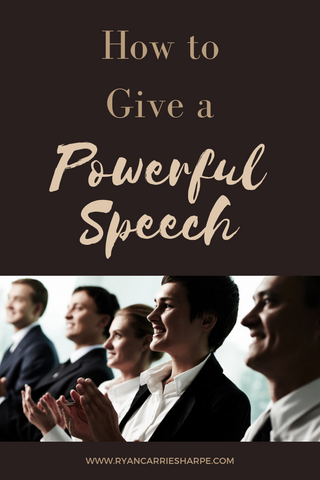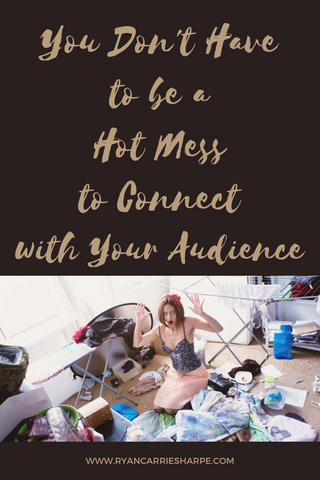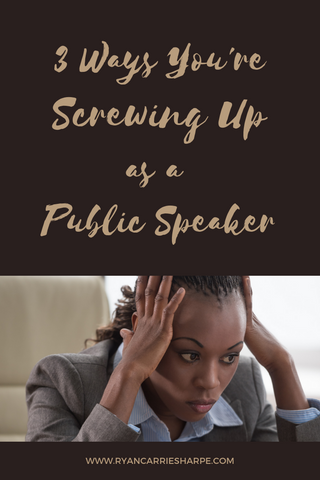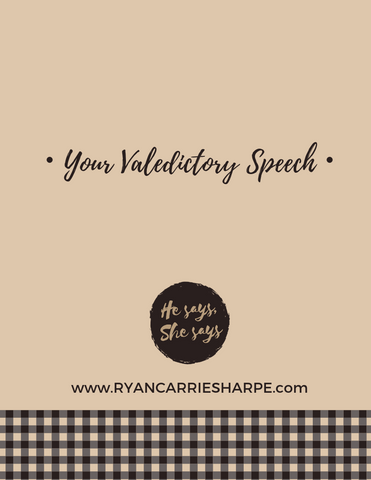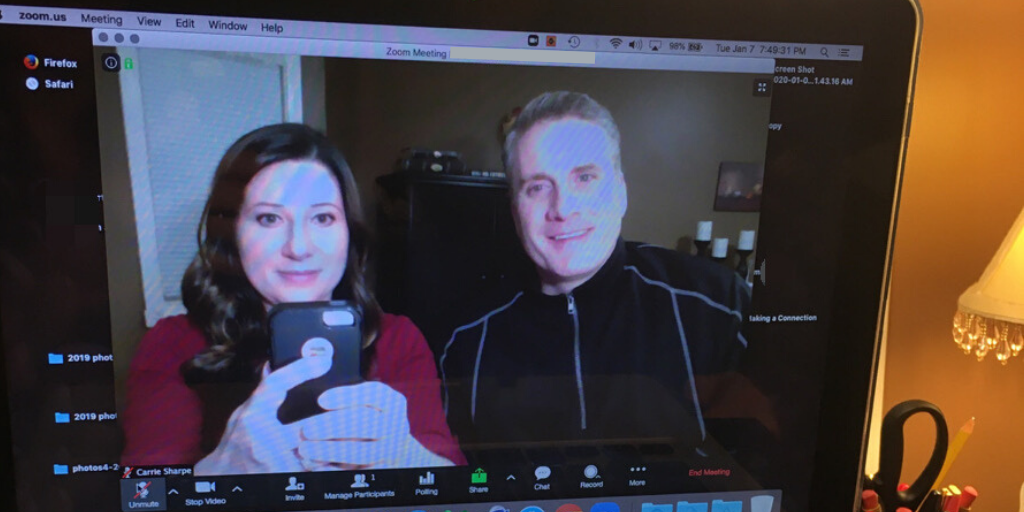
How to Create an Online Workshop
You don't need to be in-person to host a workshop. You also don't need to be a professional speaker or presenter.
All you need is a skill that others want to learn about.
That thing people are always asking you for advice about is the thing you can teach in an online workshop.
Maybe it's baking beautiful bread. Maybe it's knitting a special scarf. Maybe it's designing a website's landing page. Maybe it's tying fly-fishing knots. Maybe it's planning out a year of social media marketing.
Whatever skill you have can be successfully turned into an online workshop, and there's no better time. You don't have to leave home. Heck, you don't even have to put on pants.
Online workshops are the perfect choice because they:
• don’t take much planning
• are easy to do
• showcase your expertise
• build relationships
• teach something
• can grow your audience (email list or social media following)
• can generate income
Convinced? Awesome.
Now you need to plan your online workshop. Here's how:
1. Decide what your goals are. Are you trying to reach more people with a free online workshop? Are you trying to make money with an online workshop you charge for? Are you just doing it for fun? What do you want your participants to learn from you? Take time to determine your overall goals.
2. Decide on a topic. The easiest way to choose a topic is to think about this question: What do people ask your advice about most often? The questions you answer for people most often make excellent workshop topics.
3. Create an outline. Include your intro, bulletpoints, a conclusion, and a call to action. An outline will keep you on track during your online workshop.
4. Plan whether you'll include screen shares, demonstrations, or just you talking. There are so many options, so figure out which ones will work best for what you're teaching.
5. Create handouts and worksheets, if applicable. These can be made available before the workshop for participants to work through with you, or after the workshop for additional assistance. Checklists and templates are valuable for online workshops.
6. Create an up-sell offer, if applicable. If you are using an online workshop as an opt-in or introductory offer, you may wish to design a relevant offer to sell to your participants. Think this through before your workshop so you are ready to sell it during the workshop.
7. Create and schedule follow-up emails. Provide a way for your participants to learn more and continue to connect with you.
8. Practice on Zoom or whichever software platform you choose to use. Familiarize yourself with how it works and all the options. If you've never used it before, enlist a friend or family member to do a practice run-through with you.
Now that you see how easy it is to create an online workshop, get to work on yours. You can take anything you know and teach it in an online workshop either for free or to make money. This is the perfect time to host online workshops, so don't wait another minute... start planning yours now!
We created an online workshops checklist to walk you through the entire process, start to finish, so you don't miss an important step. It's available as an exclusive resource for our Speaking Society members. You're invited to become a member and get your own copy of that checklist here.
